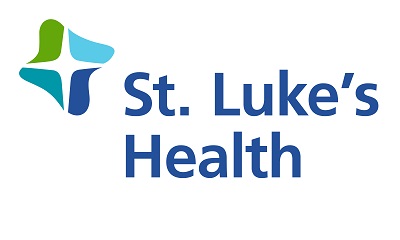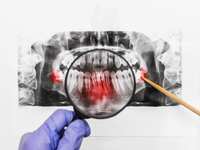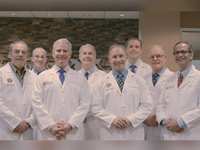How a STEMI Team’s Quick Action Saved a Houston Woman’s Life

Kim Denkins thought she was experiencing gas pains and even felt pain in her arm. The 61-year-old billing specialist from Houston tried taking over-the-counter antacid for three days to help with her symptoms.
When she woke up Monday, Nov. 6, 2023, feeling sick to her stomach and hot, she tried showering to cool down. Later, she could barely make it from her work computer to her bedroom because of shortness of breath. Then the pack-a-day smoker since high school couldn’t inhale a cigarette.
“I put that cigarette out, and I called my son. I told him, ‘I don't feel good. I'm going to the emergency room,’” Denkins said.
Her son rushed over, took one look at his mom and called 911. He told the dispatcher she had been having chest pains that registered 6 on a 10-point scale. First one ambulance arrived, then another. The second was equipped to perform an electrocardiogram, or EKG. It showed Denkins was having a heart attack.
“How can I be having a massive heart attack and don't even know it?” Denkins said.
The paramedics transmitted the EKG showing a STEMI (ST elevation myocardial infarction), or heart attack, to Baylor St. Luke’s Medical Center. That alerted the hospital to activate its STEMI team, including the emergency department, cardiology staff and other necessary personnel. When Denkins arrived, she was in triage immediately.
“It's one of those things that you have to move quickly, rapidly, assuredly, in a definitive fashion,” said Dr. Dhaval Parekh, M.D., a cardiologist at Baylor St. Luke’s and senior faculty at Baylor College of Medicine. “That's one of the things we sort of do really well.”
Anna Gonzalez, the emergency room charge nurse on duty, said they quickly prepped Denkins and transported her to the cardiac catheterization lab. That’s where a doctor with special training performs the cardiac cath with a team of nurses and technicians. A cardiac cath provides information on how well your heart works, identifies problems and allows for procedures, such as angioplasty and stenting, to open blocked arteries.
Dr. Parekh found nearly 100% blockage in Denkins’ right coronary artery and 80% blockage in the left anterior descending (LAD) artery. He inserted a stent to restore blood flow to the right artery. A different cardiologist inserted a second stent in the left artery two days later. That gave the first area of the heart a chance to recover before working on another. Denkins’ went home that same day.
It took just 46 minutes from the time Denkins arrived at the emergency room door to when blood flow was restored to her heart. As a result, there was no damage to her heart muscle, Parekh said.
“If she had delayed a little bit longer, tried to take a few more over-the-counter medicines or seek therapy on her own, every minute there's some myocardial muscle death happening,” Parekh said. “She was lucky enough to get this done in just the right time to prevent that from happening.”
Said Gonzalez: “She came in, we were ready to go, did everything we needed to do and everything cardiology wanted us to do. They had a room, we took her, there was no question. That was pretty amazing. For us, that's exciting to hear and exciting to see because it makes it all worth it, all the rushing around and the stress and knowing we're on a time crunch.”
Denkins had several risk factors for a heart attack including Type 2 diabetes, high blood pressure and smoking. She’s now taking several medications for her heart, and she hasn’t picked up a cigarette since that fateful morning.
“I haven't smoked, not even one a day. I really don't have the urge for one. It scared the mess out of me,” Denkins said.
Women with similar risk factors, especially diabetes, can have symptoms that present differently than the crushing chest pain typically associated with men, Parekh said. While chest pain or discomfort is common, women should watch for belly pain, heartburn and pain going into the arms, the back, neck or jaw. Other signs are shortness of breath, breaking out in a cold sweat, nausea/vomiting or lightheadedness.
Parekh said St. Luke’s strives to treat heart attack patients as quickly as possible.
“We have the right metric and the right resources and processes to get a patient moved from wherever they are in their community and homes into a hospital system where it can be treated the proper way,” he said.
Denkins is grateful.
“I appreciate everything everybody did for me,” she said. “I really appreciate it.”
















